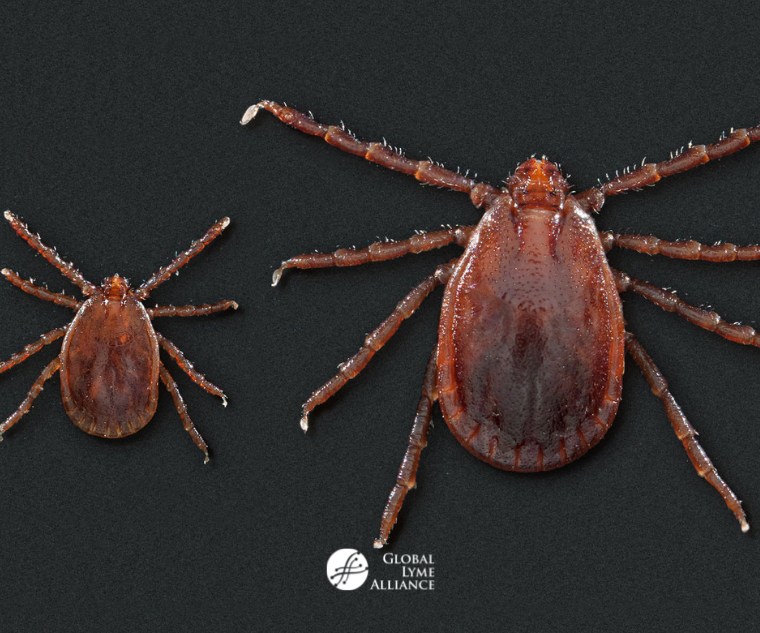
 Figure 1. Geographic Distribution of Patients with Alongshan Virus (ALSV) in China. Areas where surveillance of tickborne pathogens was carried out are shown in blue. Red circles indicate the locations of the patients with confirmed ALSV infection (geographic information is missing for 2 of the 86 patients). Read the article about the study in
NPR. Read the study in
The New England Journal of Medicine.
Figure 1. Geographic Distribution of Patients with Alongshan Virus (ALSV) in China. Areas where surveillance of tickborne pathogens was carried out are shown in blue. Red circles indicate the locations of the patients with confirmed ALSV infection (geographic information is missing for 2 of the 86 patients). Read the article about the study in
NPR. Read the study in
The New England Journal of Medicine.







